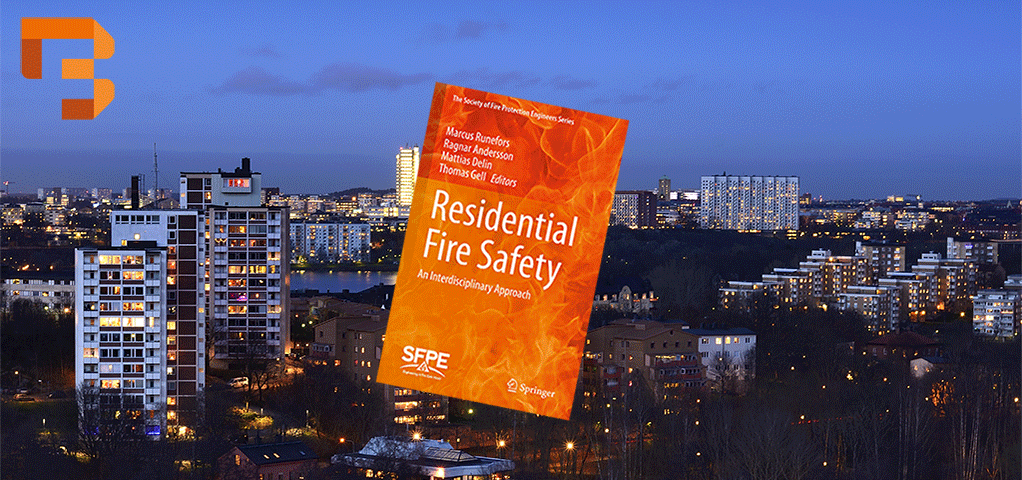This important anthology takes on a comprehensive overview of residential fires and evidence-based approaches to reducing this problem. Between 2013 and 2018, the Swedish Civil Contingencies Agency, MSB, funded a substantial research effort on residential fires that resulted in new knowledge, not least on deaths and injuries from these fires. The Swedish Fire Research Foundation, Brandforsk, coordinated this work. When looking at the many new research findings, it was natural to come to the conclusion that these, together with results from published international research, deserved to be made more widely available, and the work on this textbook began. Although many of the authors are Swedish, most of the findings are generically valid and applicable to other western countries and regions.
“This book provides a comprehensive overview of deaths and injuries from residential fires as well as the most up to date information on evidence-based approaches to reduce this problem. The volume serves as a guide for professionals working in the field of fire prevention and as a textbook for instruction in universities and fire service schools. The authors’ interdisciplinary approach, where public health methodology is combined with fire protection engineering, medicine, and policy science, is quite distinctive outside of the technical literature devoted to larger scale fire events. Traditional textbooks on fire protection tend to describe the problem as purely technical, whereas in essence it is a problem of human vulnerability. In this book, readers will find lucid and rigorous descriptions of various risk groups and effective preventive measures that are effective, both in general and with respect to the different risk groups. They will also find work processes to facilitate risk reduction. Summarizing state-of-the-art knowledge and giving guidance for the future, both in terms of preventive efforts and ongoing research, Residential Fire Safety: An Interdisciplinary Approach, is ideal for students, educators, and practitioners of residential fire protection”
Editors
Marcus Runefors
Division of Fire Safety Engineering, Lund University, Lund, Sweden
Ragnar Andersson
Division of Risk and Environmental Studies, Karlstad University, Karlstad, Sweden
Mattias Delin, Thomas Gell
Swedish Fire Research Foundation, Brandforsk, Stockholm, Sweden
Keywords
- Residential fires
- Fatal fires
- Non-fatal fire injuries
- Prevention
- Targeted intervention
- Injury pyramid
- Sociodemography
- Vision zero policy
- Evidence-based
- Residential fire risk groups
- Fire prevension
